Top Best Practices to Unlock the Power of Ultimate Programming

Do you desire the key to ultimate programming’s power? If so, you should adopt software development and programming best practices. These techniques assist developers in achieving their coding objectives, from generating clean code to avoiding coding mistakes.
In this Software Developers Guide, you will discover some unforgettable tips that can change your future as a coder. You can use various best practices in addition to coding standards to unlock the potential of ultimate programming.
What is Software Development or Programming?
Software development is an art form in and of itself. The creative aspect of programming is what makes it so intriguing, and each developer has their own style.
Even while each programmer may have their own unique style, several recommended practices can help you become a better programmer.
The Software Publisher Certificate‘s fundamental functions will improve your programming abilities regardless of your chosen language. Eventually, we will explore how you can Buy Code Signing Certificates to endeavor Ultimate Programming.
#Tip 1: Refactoring Code
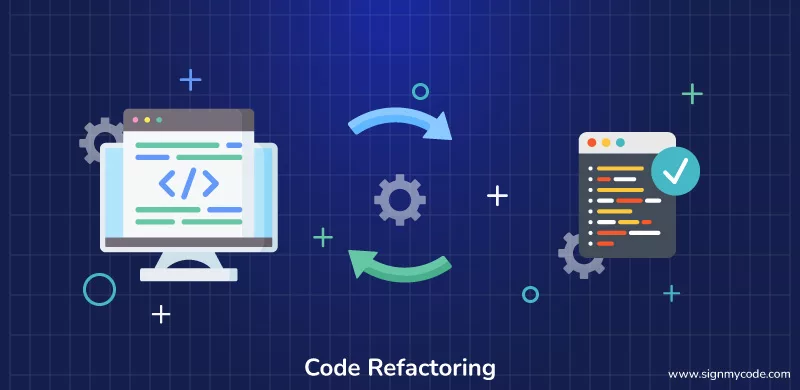
Refactoring your project’s code can significantly improve its overall quality. Your code will become more effective, readable, and simpler to maintain and troubleshoot. By spending the effort to make what might seem like tiny adjustments, you can enrich your code.
Common refactoring strategies include fixing minor errors, testing a new library, simplifying the code, and enhancing readability, maintenance, structure, and functionality. These little adjustments might not seem like much initially, but they greatly influence the final product’s quality.
For instance, properly restructuring your code may help you eliminate problems, simplify your code, and simplify it to read and comprehend. Additionally, it can enhance the functionality of your code, enhancing its speed, scalability, and dependability.
Overall, investing the effort to make minor improvements might significantly impact the caliber of your project and code. Code refactoring ensures that your project adheres to the highest standards.
#Tip 2: Securing the Code

In the world of programming, securing the code has become crucial. Writing robust and secure code is essential to avoid vulnerable applications. Following programming best practices for secure coding can significantly reduce potential risks.
STEP 1- Input Validation in the code
Another important step is to implement Input Validation in the code. This will ensure that all inputs are validated for accuracy and security before processing.
STEP 2- Pen Testing
One effective method to secure the code is to conduct Pen-Tests using Exploit kits, Fuzz testing, and Scanners. These tests can identify any potential vulnerabilities that malicious actors could exploit.
STEP 3- Getting Connections encrypted
Ensuring that your database only allows encrypted connections is crucial to maintaining security. This step guarantees that any data transmitted to and from the database is safeguarded against unauthorized access.
It’s important to exercise caution with authentication information and never store passwords in plain text. Before publishing your project, remove sensitive data and be vague with error information to avoid providing hackers with hints.
By implementing these straightforward security measures, you can enhance the safety of your users and keep your code secure.
#Tip 3: Coding Standard Rule
As a programmer, you always want to write code that is efficient, secure, and meets the business requirements of your project.
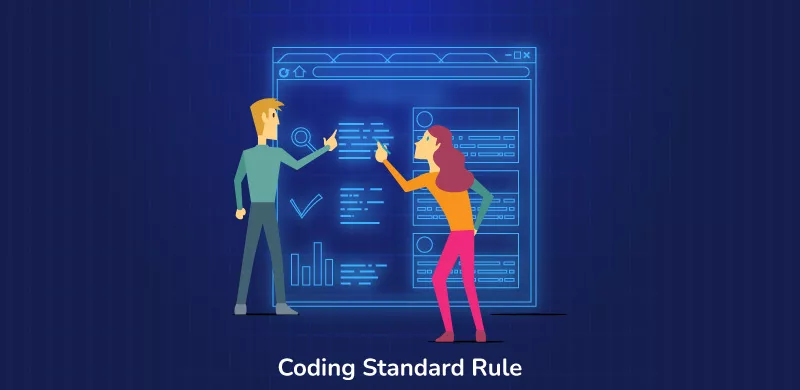
Following a coding standard is a must to be a pro at programming. Coding standards, usually developed and practiced by software development and security communities, provide guidelines and rules while writing code. It helps you produce code that matches product and user expectations.
Two popular coding standards are CERT and MISRA.
CERT stands for Computer Emergency Response Team and provides developers with guidelines to write secure code. The recommended coding techniques (CERT standards) apply to languages including Perl, C, C++, and Java.
Similarly, the Motor Sector Software Reliability Association (MISRA) provides coding standards tailored particularly for the automobile sector. By adhering to these standards, you can build and comprehend code more effectively. MISRA focuses on making coding rules for automotive software development.
Writing code that follows a coding standard is essential for any programming language or development framework you are working with. It enables you to organize the code better, reduce errors, use best practices, and apply security principles.
So, with the right coding standards, you can write efficient, secure code that meets business requirements.
#Tip 4: Taking Help from the Right Tools
It goes without saying that the correct tools are everything regarding programming. These solutions simplify programmers’ lives, from code and artifact repositories to CI/CD pipeline engines to containers and integrated development environments (IDEs).
To ensure the success of our initiatives, we should take the time to employ the appropriate tools. It’s easy to manage source code and keep track of changes with code repositories like GitHub and artifact repositories like Npm, Cloudrepo, and JFrog.
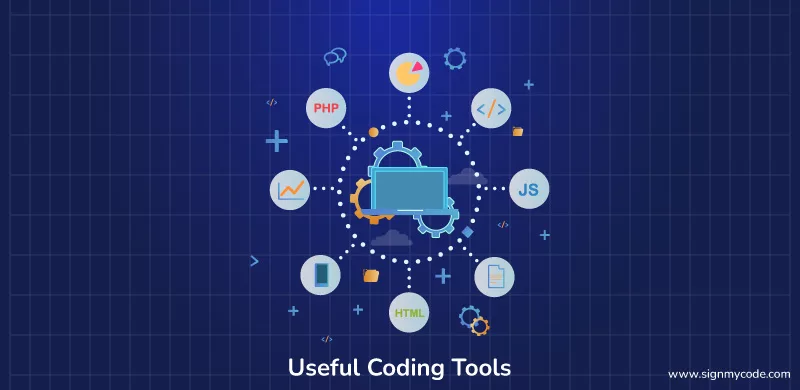
You also get Jenkins, GitLab, and AzureDevOps as CI/CD Pipeline Engines that provide continuous integration and deployment.
Software may be executed in containers like open-source Docker or Podman without consuming too much CPU power. Additionally, developers may create, modify, and debug their code using Integrated Development Environments (IDEs) like Eclipse IDE, AWS Cloud9, SlickEdit, and Visual Studio Code.
Every programmer should practice using the appropriate tools since doing so is crucial to producing successful projects. Regardless of your level of programming knowledge, it’s critical to select the appropriate tools to do the task swiftly and effectively.
To practice ultimate programming, be sure to utilize the appropriate tools.
Recommended: Must Know Software Development Best Practices For Every Developer
#Tip 5: Checking the Code Before Review
Checking your code is crucial but sometimes disregarded before a full code review. Including a static code analysis tool in your continuous integration process is a fantastic approach to do this.
This enables you to immediately receive feedback on each modified piece of code and the associated execution routes without actually running the code.
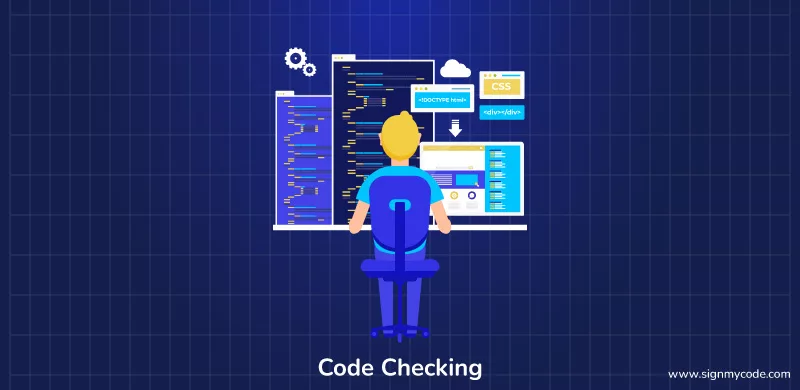
Static code analysis tools may be quite helpful for your development cycle since they can identify structural, semantic, and performance concerns. The most well-liked tools available to developers are Raxis, Sonarqube, PVS-Studio, and Klockwork.
They include a number of services that might assist you in analyzing your code and resolving frequent problems.
If you’re looking for an easy way to ensure the security of your software, then get to know these must-have tools below:
Raxis is a penetration testing tool for identifying potential security flaws in software and ensuring it operates as intended.
Sonarqube offers up to 29 programming language support with static code analysis rules to help you find potential errors and vulnerabilities. You can avail its free version anytime you want to try ultimate programming.
Klockwork is an impressive tool for Java, JavaScript, Python, C, C++, C#, and Kotlin that ensures the embedded security of your software at its core. Aiding in the development process thanks to a focus on the devsecops methodology.
PVS-Studio is an ideal solution for C, C++, C#, and Java and works on Windows, Linux, and macOS. It also supports the MISRA standard for autos, and SEI CERT Coding Standards, and matches warnings to MITRE’s Common Weakness Enumeration (CWE).
So these are some easy ways to ensure your software is secure; do try these tools. And before submitting your code for review, run it through a static code analysis tool to ensure it is up to spec. It’s an essential component of the best programming technique.
#Tip 6: Writing Code that Stays Forever
Developers change places frequently, and if their code is poorly designed, their departure might trigger a flood of uncertainty. The key to maintaining understandable, trouble shootable code is to adhere to established practices for programming.
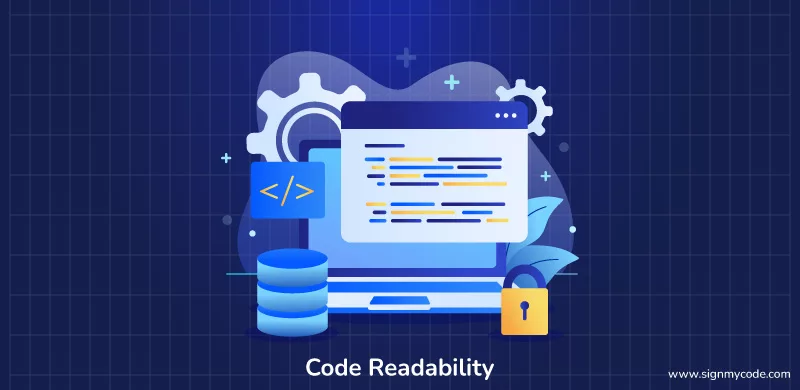
Code readability depends on effective naming. It makes it simpler for other programmers to understand the function and application of the code. Additionally, provide a logical code structure and alignment. Keeping the line length to no more than 80 columns is a useful strategy for achieving this. Additionally, it is advised to utilize nesting sparingly and the space key when indenting.
```
if (a < 0 && b > 0 && c == 0)
{ return true;
} else {
return false;
```It can be coded as:
```
return a < 0 && b > 0 && c == 0;
```Avoid using the same header and footer in the same code more than once. Use a function or a loop if a certain code section is repeated to eliminate the requirement for copy-and-paste instructions.
Additionally, comments must be added through the code. They make the code easier to comprehend and aid future programmers in remembering what each code component performs.
```
if (abcd) {
…
if (pqrs) {
…
if (xyz) {
…
…
…
}
}
}
```It can be coded as:
```
if (abcd) {
return …
}
if (pqrs) {
return …
}
if (xyz) {
return …
}
```Arrange Your Files and Folders-
You need to be more consistent with how you arrange your files and folders. You might find the advice below useful:
For each project, make a separate main folder. It doesn’t matter if the project is huge or tiny. There should only ever be one primary folder.
Put a README file in there. When working on a project, I look for this first. Why? Because it has all the details necessary for a speedy start, including the purpose of the project, the method that files are set up, and where more information can be located.
Maintain a modest file size. The difficulty of reading and maintaining larger files increases. A single function or feature should be the exclusive focus of each file.
Remember to make a changelog file and copy licenses. The initial section will provide details on the changes performed in each version or revision. The second will include the software license as well as any third-party licensing.
You need to make use of the proper file structure. Depending on the scale of the project, you may wish to use a basic or more sophisticated hierarchy, as shown in the samples on GitHub.
Make certain to Add documentation and comments-
Write accurate documentation since having a helpful document may really help you and your team. Confluence and other GitHub wikis may be used as repositories. Whichever option you select, make sure you create these essential resources.
Only post comments when required: Comments should not be used to describe your code, but rather to explain why you did something. Rewrite your code if it isn’t clear enough; don’t add extra comments.
Be precise and make it a habit to explain the problem: For instance, if you want to delegate a certain assignment to a coworker, you should be very explicit about the action that has to be taken and who the task’s owner is.
Current and future developers will be able to understand, debug, and maintain the code easily by adhering to these best practices for programming. This may save time and guarantee that the code adheres to corporate requirements.
#Tip 7: Making Sure that Your Code Is Simple to Update
It doesn’t have to be tough or intimidating to write the code for your projects. One of the most crucial practices for successful programming is making sure that your code is simple to maintain.
The most straightforward approach to accomplish this is to reuse code, standardize your headers, and stay away from hard-coding numerical numbers.
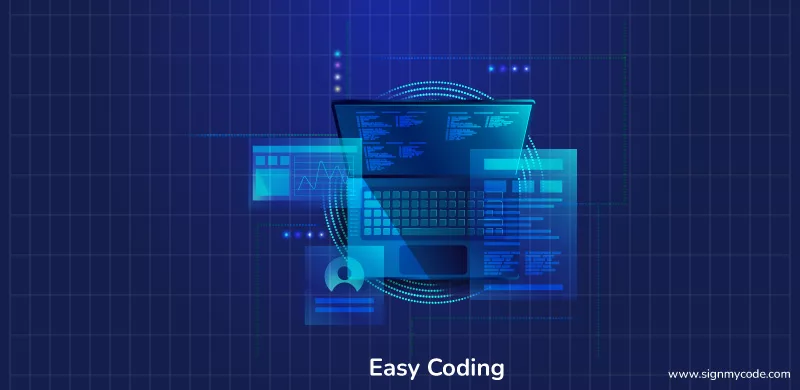
By standardizing your headers, you can make sure that your code is well-organized and understandable. You should include the following information in your headers: the module name, creation date, author, change history, summary, list of functions supported, and list of variables accessed or updated by the module.
When developing and maintaining code, duplicating code is a typical error that must be avoided at all costs. By reusing existing code, you may cut down on the quantity of new code that must be produced as well as the risk of making mistakes while rewriting the same code.
Hard-coded numerical numbers should be avoided since they might be challenging to maintain and troubleshoot.
Numerical values should be saved in variables that may be changed and updated rather than being hard-coded. By doing this, the likelihood of mistakes arising is reduced, and the code is easier for future developers to comprehend.
You can make sure that your code is simple to update and maintain by standardizing your headers, reusing code, and staying away from hard-coding numerical numbers. In the long term, this will save you time and effort and greatly increase the effectiveness of your coding process.
#Tip 8: Collection of Alternative Ways
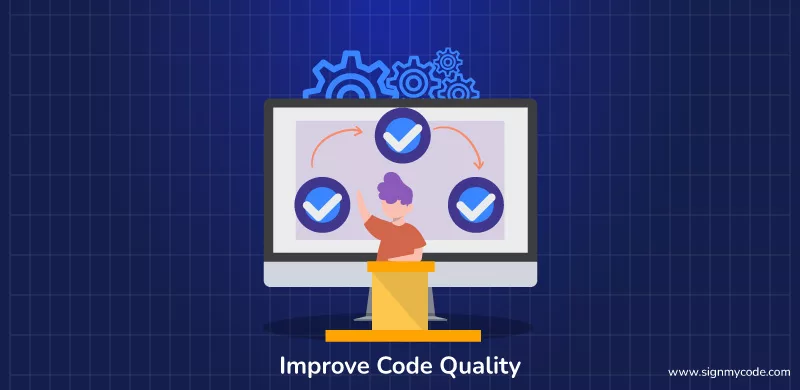
Here are some additional tips on improving your developer experience and master coding.
- Start by organizing your code to ensure optimum readability and comprehension. A clean code structure makes navigating and locating issues when debugging simple.
- Make sure your code is well-structured and straightforward to understand so that anybody may examine it and make improvements.
- Apart from writing clean code, using proper documentation to manage software projects, and utilizing effective debugging techniques.
- Next, concentrate on reducing the number of variables and using functions. This lessens complexity and makes it easier for you to see possible issues.
- Additionally, try using constants, variables, and functions as often as possible instead of complex coding values.
- Additionally, you want to familiarize yourself with the various programming languages’ libraries, standards, and coding practices. By doing this, you can ensure that the code you write is as efficient and safe as possible.
- Finally, confirm your familiarity with debugging tools and methods and continuously test your code. Testing and debugging are crucial to ensure your code is operating correctly. As a programmer, you must provide your code is secure and error-free.
Why Should you Buy Code Signing Certificates for Ultimate Programming?
You can consider investing in a code signing certificate if you’re a software developer or programmer. This will secure the safety and integrity of your hard work in your coding.
These certificates add an extra degree of security by ensuring that the code you’re distributing to end users hasn’t been altered or tampered with by a third party. It also verifies that the software’s author is who they claim to be.
Using code signing certificates makes it much simpler for end users to verify your program’s source and reduces the possibility of data breaches. This is especially true if you create software for a large corporation or organization.

You can demonstrate to potential clients that your software is secure and trustworthy by signing it using a code signing certificate.
For different needs, you have personalized code signing certificates. The most used ones are listed below:
Multiple renowned brands help you to safeguard your data. These top-notch Certificate Authorities will serve as the best options for you:
- DigiCert Code Signing Certificates
- Certera Code Signing Certificates
- Sectigo Code Signing Certificates
- Comodo Code Signing Certificates
Ultimately, buying code signing certificates are an excellent approach to creating and safeguarding your internet reputation. When clients trust you and the software you’ve made, your reputation will be preserved, and you’ll be able to attract loyal customers.
Finally, code signing certificates are an excellent technique for software engineers and programmers to strengthen the reliability and security of their work.
Wrapping up
In the end, software development is more than just writing code. It’s about creating a functional, efficient product that meets coding standards and best practices.
You may unleash the potential of ultimate programming by adhering to these best practices and procedures. You’ll be able to sharpen your coding abilities and develop into a top-notch coder with time and practice.
So get your geek on and improve your coding abilities right away!

